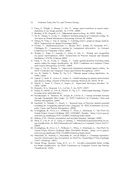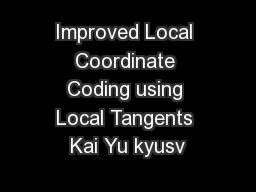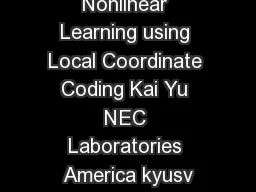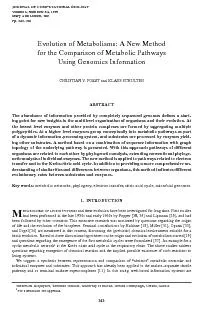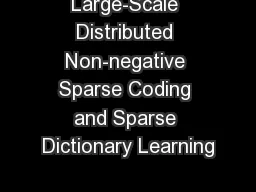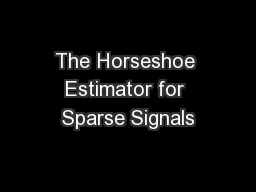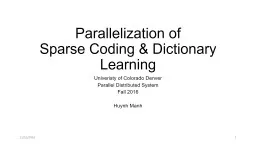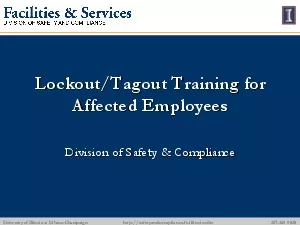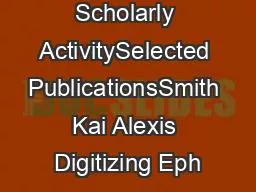PDF-Ecient Highly OverComplete Sparse Coding using a Mixture Model Jianchao Yang Kai Yu
Author : kittie-lecroy | Published Date : 2015-01-15
illinoisedu kyusvneclabscom Abstract Sparse coding of sensory data has recently attracted notable attention in research of learning useful features from the unlabeled
Presentation Embed Code
Download Presentation
Download Presentation The PPT/PDF document "Ecient Highly OverComplete Sparse Coding..." is the property of its rightful owner. Permission is granted to download and print the materials on this website for personal, non-commercial use only, and to display it on your personal computer provided you do not modify the materials and that you retain all copyright notices contained in the materials. By downloading content from our website, you accept the terms of this agreement.
Ecient Highly OverComplete Sparse Coding using a Mixture Model Jianchao Yang Kai Yu : Transcript
Download Rules Of Document
"Ecient Highly OverComplete Sparse Coding using a Mixture Model Jianchao Yang Kai Yu "The content belongs to its owner. You may download and print it for personal use, without modification, and keep all copyright notices. By downloading, you agree to these terms.
Related Documents

